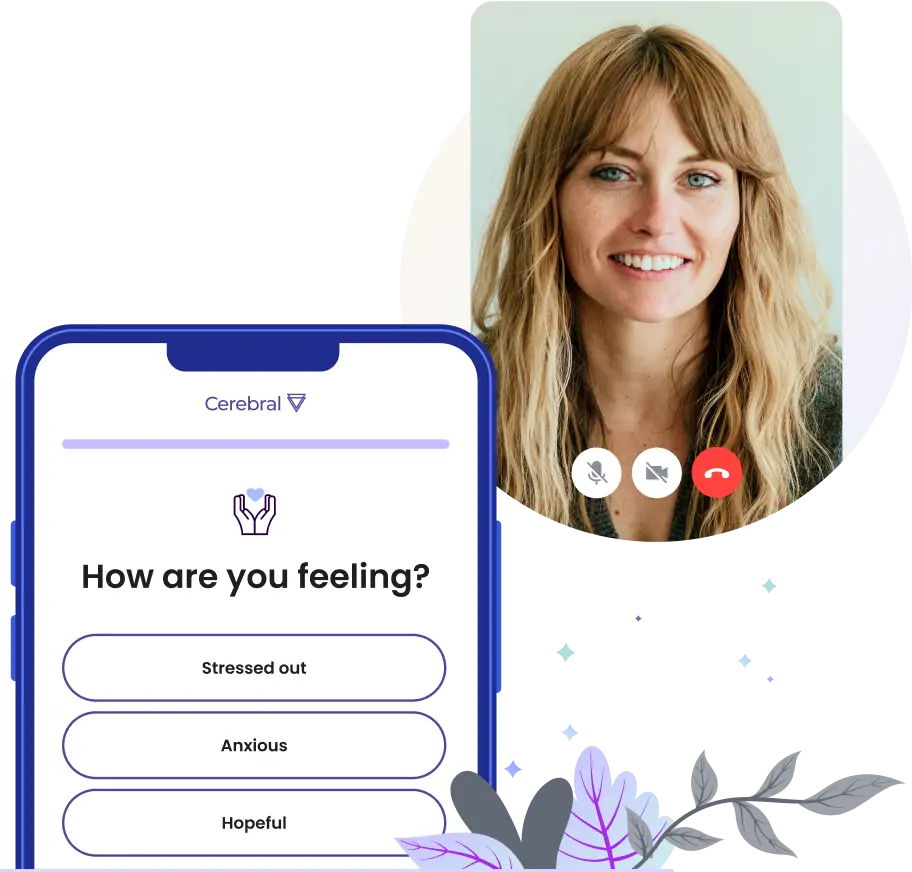/
Self-care - Women's Health - Men's Health/
Understanding Your Attachment Style: A Deep Dive into Relationship Patterns
Humans are wired for connection. Our very first one, with our parents, is the most important one when we’re infants. Your parents, specifically your primary caregiver, can set the stage for the rest of your relationships.
Was your primary caregiver dependable and able to meet your needs? If so, you likely formed a healthy attachment to them. As an adult, you probably find it easy to build and develop intimate connections. You can express and regulate your emotions well.
Was your caregiver inconsistent, abusive, or unable to meet your needs? If so, you likely formed an “insecure” attachment to them. You may struggle to form or maintain meaningful relationships as an adult. You might find it hard to trust others or unconsciously choose partners who are unable to meet your needs.
These are the basics of attachment theory. Attachment theory is the idea that the bond you form with your caregiver as an infant can deeply affect your relationships as an adult.
What are the attachment styles in adults?
There are four general attachment styles:
- secure
- anxious (insecure)
- avoidant (insecure)
- disorganized (insecure)
The last three on this list are considered “insecure” attachment styles. Relationships can be difficult for people with insecure attachment styles if the underlying issues aren’t properly addressed.
What is my attachment style?
Being able to trust that your caregiver would be there for you is a crucial part of child development.
You may choose partners or friends who unconsciously remind you of your caregiver because they feel familiar. We often repeat the patterns we learned in childhood with our romantic partners because they’re the closest thing we have to our caregiver as adults.
These patterns can show up as:
Anxious attachment style
If you have an anxious attachment style, you’re generally preoccupied with relationships and experienced abandonment or inconsistent care as an infant. You may question your self-worth and experience the need to validate yourself through others.
You may have an anxious attachment style if you:
- have a strong fear of abandonment
- have low self-esteem while having a high opinion of others
- need constant reassurance from your partner
- tend to be intensely jealous or suspicious of your partner
- self-sabotage relationships by engaging in behaviors that push your partner away
- abandon yourself by putting your partner’s needs above your own
- use fantasy as a substitute for intimacy
- put your partners on a pedestal and ignore their red flags
- have difficulty thinking about things outside your relationship
- crave closeness and intimacy but feel uncomfortable when in a relationship
Avoidant attachment style
If you have an avoidant attachment style, you did not experience sensitive responses to your needs as an infant and are highly independent as a result. You likely learned that you couldn’t depend on your caregiver and could only depend on yourself.
You may have an avoidant attachment style if you:
- have trouble identifying and expressing your emotions
- have high self-esteem while having a low opinion of others
- have difficulty sharing your thoughts and feelings with partners
- highly value independence and are uncomfortable with relying on others
- equate intimacy with losing your independence
- self-sabotage relationships by ending them prematurely or avoiding emotional intimacy
- pull away when others get too close emotionally
- devalue your partner or dismiss their importance in your life
- have high standards for a relationship that are impossible to attain
- crave independence and space but still feel drawn to connection
Disorganized attachment style
If you have a disorganized attachment style, you experienced inconsistent care from your caregiver and had an abusive or chaotic childhood. You may have traits of both anxious and avoidant styles and deeply crave intimacy while simultaneously being terrified of it.
You may have a disorganized attachment style if you:
- have a strong fear of abandonment and rejection
- have low self-esteem while having a low opinion of others
- have great difficulty regulating emotions
- swing between extreme love and hate for your partner
- have difficulty trusting or connecting with others
- give off mixed signals when pursuing relationships
- alternate between being clingy and distant in your relationships
- self-sabotage your relationships by ending them prematurely or engaging in actions that push your partner away
- have trouble being consistent with your actions in relationships
- exhibit both anxious and avoidant tendencies
- crave close relationships but are terrified of being hurt
Secure attachment style
If you have a secure attachment style, you could depend on your caregiver to meet your physical and emotional needs as a child. You may be comfortable with intimacy and can identify and express your emotions.
You may have a secure attachment style if you:
- feel comfortable with intimacy and emotional closeness
- have healthy self-esteem while having a healthy opinion of others
- are able to identify, express, and regulate your emotions
- are able to provide and receive emotional support from others
- build meaningful and lasting relationships
- feel comfortable seeking out support from others
- feel comfortable being on your own
- can handle and resolve conflict in a healthy manner
- have a positive view about relationships
- desire connection but don’t center your life around achieving or avoiding it
Can your attachment style change?
If you have an insecure attachment style, suppressing the trauma you experienced as a child can prevent you from forming healthy relationships.
The good news is that attachment styles aren’t permanent. You can develop a secure attachment as an adult if you’re struggling with anxious or avoidant tendencies.
The most effective way to change your attachment style is working with a therapist who will help you build healthy relationships and develop a secure attachment. Your therapist can help you make sense of your past emotional experiences and guide you to becoming more secure in your relationships.
Cognitive behavioral therapy exercises (CBT) in particular can help you understand yourself and how to work with your attachment style. With CBT, you can learn techniques to help regulate your emotions and change your negative thought patterns that impact your behavior.
If you’re struggling with anxiety when it comes to building and maintaining relationships, Cerebral can help! Here are some tools from Cerebral that will help you start your journey to healing:

6 Self-Care Tips for Stress and Burnout Recovery

How to Overcome Procrastination

How to Set Boundaries During the Holidays

Call 911 if you’re having a
mental health emergency
Text Home to 741-741 if you're in emotional
distress and need immediate support
Call or text 988 Suicide &
Crisis Lifeline. Chat service
is available at 988lifeline.org.